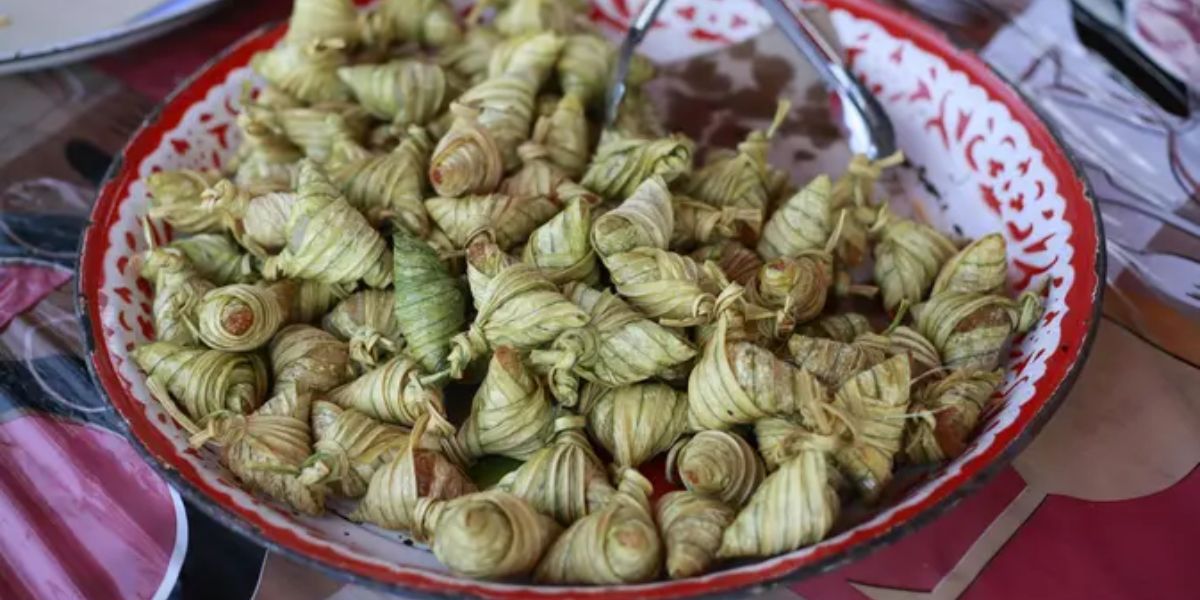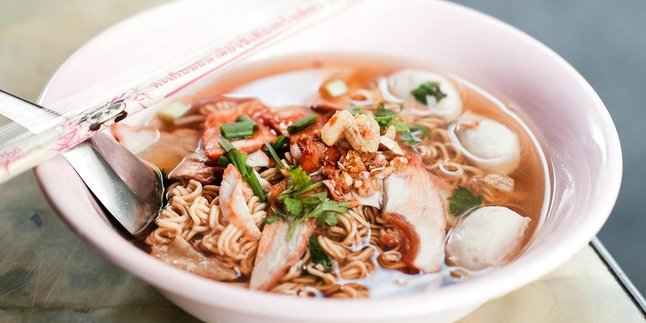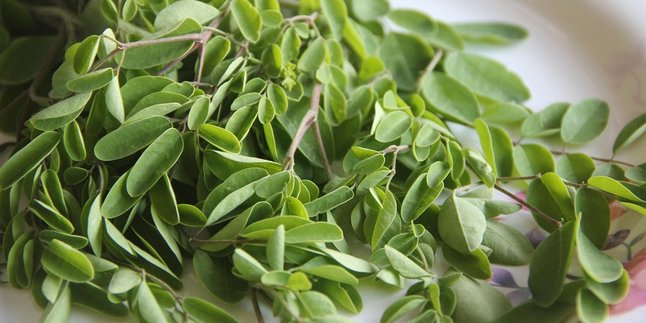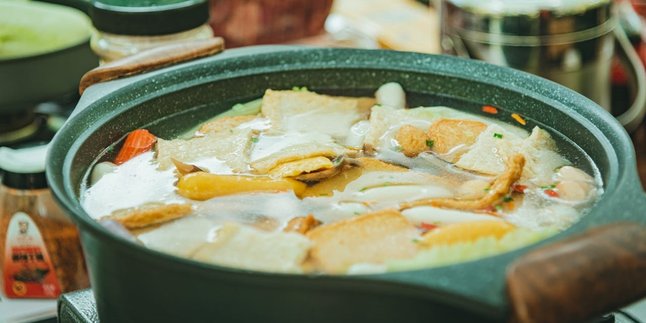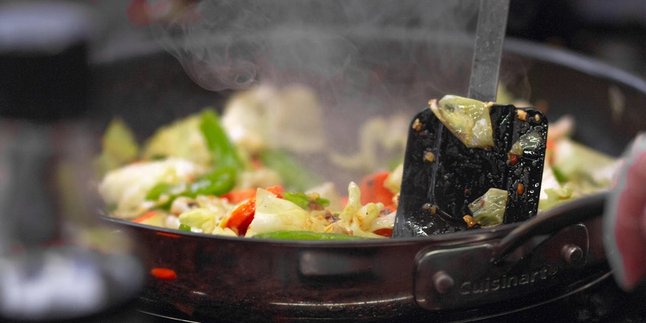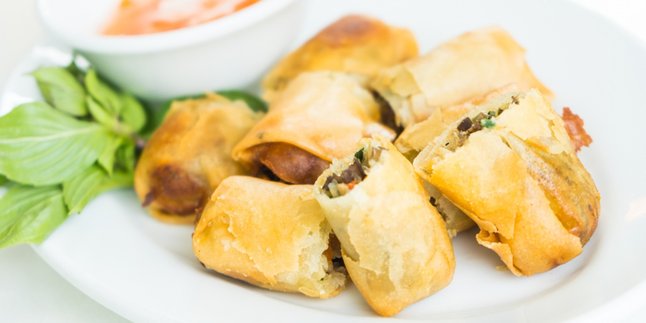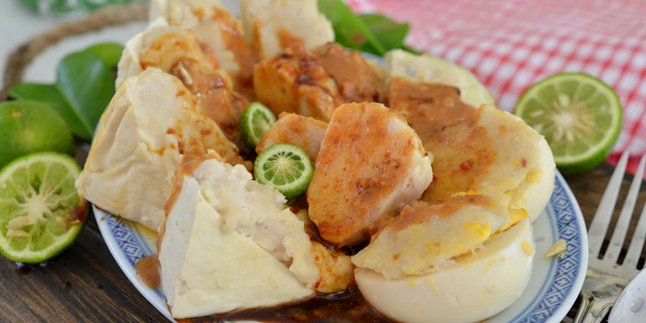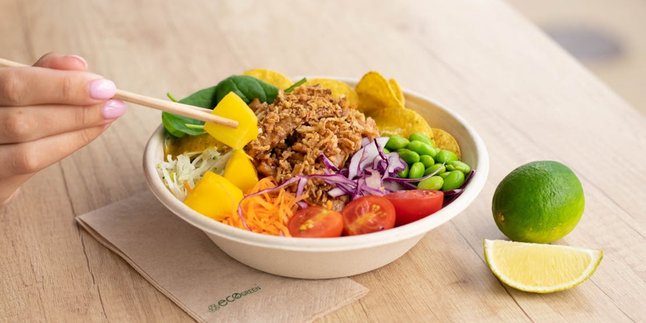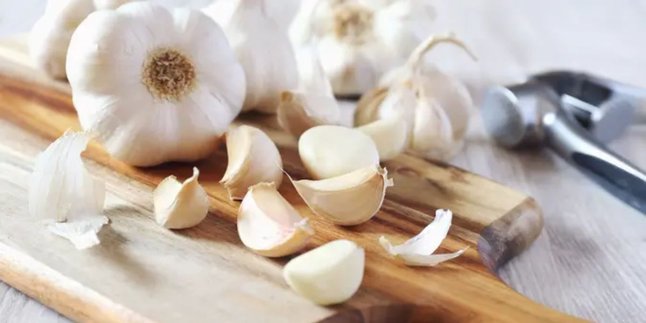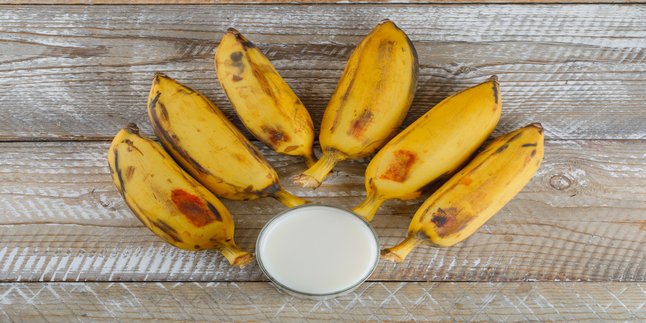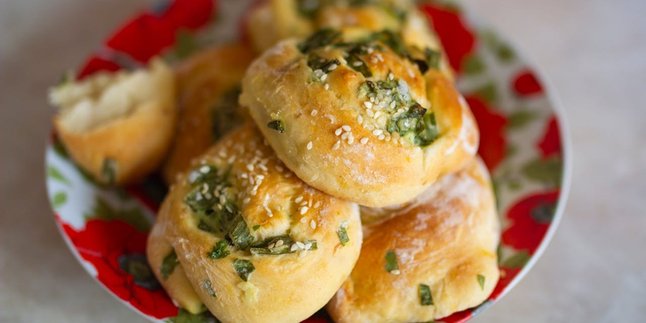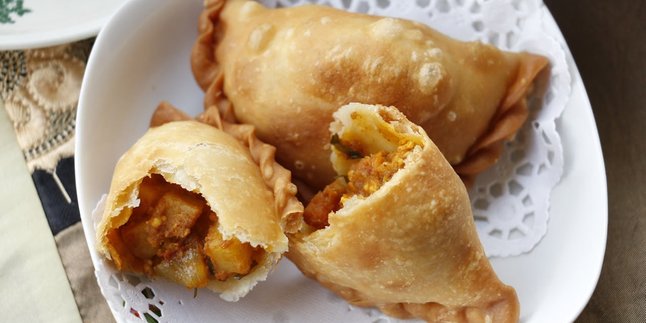Kapanlagi.com - The Eid celebration is always associated with delicious dishes that tantalize the taste buds, and one that never misses is ketupat. However, have you ever thought that enjoying ketupat excessively could lead to weight gain?
Ketupat is made from rice, which is high in carbohydrates. When paired with fatty dishes like chicken opor and rendang, the calorie count in one serving can soar drastically.
So, how does our body handle the excess calories from ketupat and these accompanying dishes? Let's explore the complete explanation below!
1. Ketupat Contains Higher Calories than Rice
Ketupat is often considered lighter than rice, but the fact is, its calories are actually higher. In 100 grams of white rice, there are about 129 calories, while the same amount of ketupat contains around 160 calories.
Although the difference is not very striking, when Eid arrives, many people tend to enjoy ketupat in larger portions. It is not uncommon to see people continuously devouring ketupat and side dishes until their first plate is empty.
Moreover, ketupat is usually served with rich side dishes such as chicken opor and rendang, each of which can contain up to 700-800 calories per serving. This is what makes the consumption of ketupat potentially contribute to a significant weight gain.
2. The Role of Eid Dishes in Increasing Weight
Ketupat is rarely eaten alone; it is usually accompanied by high-fat dishes such as savory chicken opor, delicious beef empal, tempting spicy liver sambal, and various types of crispy crackers.
For example, a piece of fried chicken thigh can contain about 140 calories, while 100 grams of spicy liver sambal can reach 127 calories. When combined with crackers and emping, the total calories consumed can soar to over 1500 in just one meal.
Furthermore, during Eid, overeating is a common occurrence. The warm moments of togetherness, accompanied by exciting conversations and hospitality, often make us forget that all these special dishes are rich in carbohydrates.
3. Excess Calories That Are Not Burned Will Be Stored As Fat
When the calories we consume exceed the amount burned by the body, weight gain becomes inevitable. These excess calories are then converted into fat and stored in various areas of the body, including the abdomen.
During the Eid celebrations, delicious dishes rich in fat often cause our weight to spike quickly. If we do not control our portion sizes, not only will our weight increase, but blood pressure may also rise.
Moreover, during Eid, our physical activity tends to decrease. After fasting for a full month, many of us prefer to relax, enjoy meals, and rest, which ultimately reduces the number of calories burned.
4. Is Ketupat Safe to Consume While Dieting?
Many people often wonder if ketupat can still be enjoyed while they are on a diet program. In fact, this is possible, as long as ketupat is consumed in limited amounts and paired with healthier side dishes.
Ketupat can be enjoyed with low-fat side dishes, such as skinless chicken or clear vegetables. Additionally, reducing the use of coconut milk and oil in cooking can help decrease the calorie intake into the body.
Furthermore, it is very important to maintain a healthy diet after the Eid celebrations. Avoid the habit of overeating that may continue for several days after the festivities. By controlling your diet well, you can still celebrate Eid joyfully without worrying about a drastic increase in your weight.
5. Factors Causing Weight Gain During Eid
Here are some factors that can cause weight gain during Eid:
- Overconsumption: Enjoying ketupat in large portions without paying attention to limits can have negative effects on the body.
- Influence of Other Foods: Fatty and sweet dishes that often appear during Eid also contribute to excess calories.
- Lack of Physical Activity: Holidays often make us reluctant to be active.
- Snacking Habits: Eating cookies and sweet foods between main meals also adds to our calorie intake.
6. Strategies to Prevent Weight Gain During Eid
To avoid significant weight gain during Eid, there are several strategies we can implement:
- Control Portion Sizes: Eat smaller portions and avoid overeating.
- Choose Foods Wisely: Consume ketupat and other fatty foods in moderation, and balance them with vegetables and fruits.
- Replace White Rice with Brown Rice: Brown rice is high in fiber and can keep us feeling full longer.
- Limit Sugar Intake: Reduce consumption of cookies and sweet drinks.
- Stay Active: Engage in regular physical activity, even if it's just walking.
- Healthy Eating Patterns After Eid: Return to a healthy and balanced diet after Eid to prevent ongoing weight gain.
In short, eating ketupat can lead to weight gain if consumed excessively and not balanced with an overall healthy diet and lifestyle. This weight gain is not solely due to ketupat, but rather a combination of factors during the Eid period.
7. Frequently Asked Questions About Ketupat and Weight Gain
1. Is ketupat better than white rice?
Ketupat and white rice have similar carbohydrate content, but ketupat is usually lower in fiber. Choosing brown rice as an alternative can provide more fiber.
2. How to control portions during Eid?
Choose smaller plates to control portions. This can help us avoid taking too much food.
3. Is exercising after eating ketupat effective for burning calories?
Yes, exercising after eating can help burn the calories consumed, but it is still important not to overeat.
4. Should all foods during Eid be avoided?
There is no need to avoid all foods, but it is important to consume them wisely and in balanced portions.
(kpl/mni)
Disclaimer: This translation from Bahasa Indonesia to English has been generated by Artificial Intelligence.
